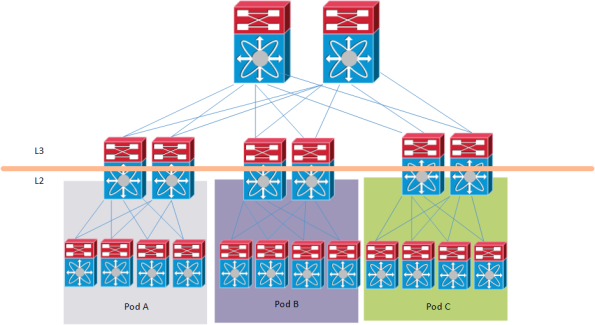Sturdy design is still Moto E’s trump card
The Moto E’s specification doesn’t stand out from the competition even with LTE and a faster processor. Instead it’s the design that makes Motorola’s new device a good alternative for consumers who want an affordable smartphone.With the 2015 version of the Moto E, Motorola Mobility is again hoping to get more people around the world to buy their first smartphone.Many low-cost smartphones suffer from a toy-like plastic construction, but the Moto E is more substantial, and even if the product doesn’t use any metal it feels more expensive than its $150 price tag.Motorola has made a couple of changes compared to the original model. The company has decided to stick with a rubbery plastic on the back and now also on the sides. The back is no longer removable; instead a band is removed to access SIM and MicroSD card slots. The smartphone still has a non-removable battery, but the battery has grown from 1,980 to 2,390 mAh.To read this article in full or to leave a comment, please click here



